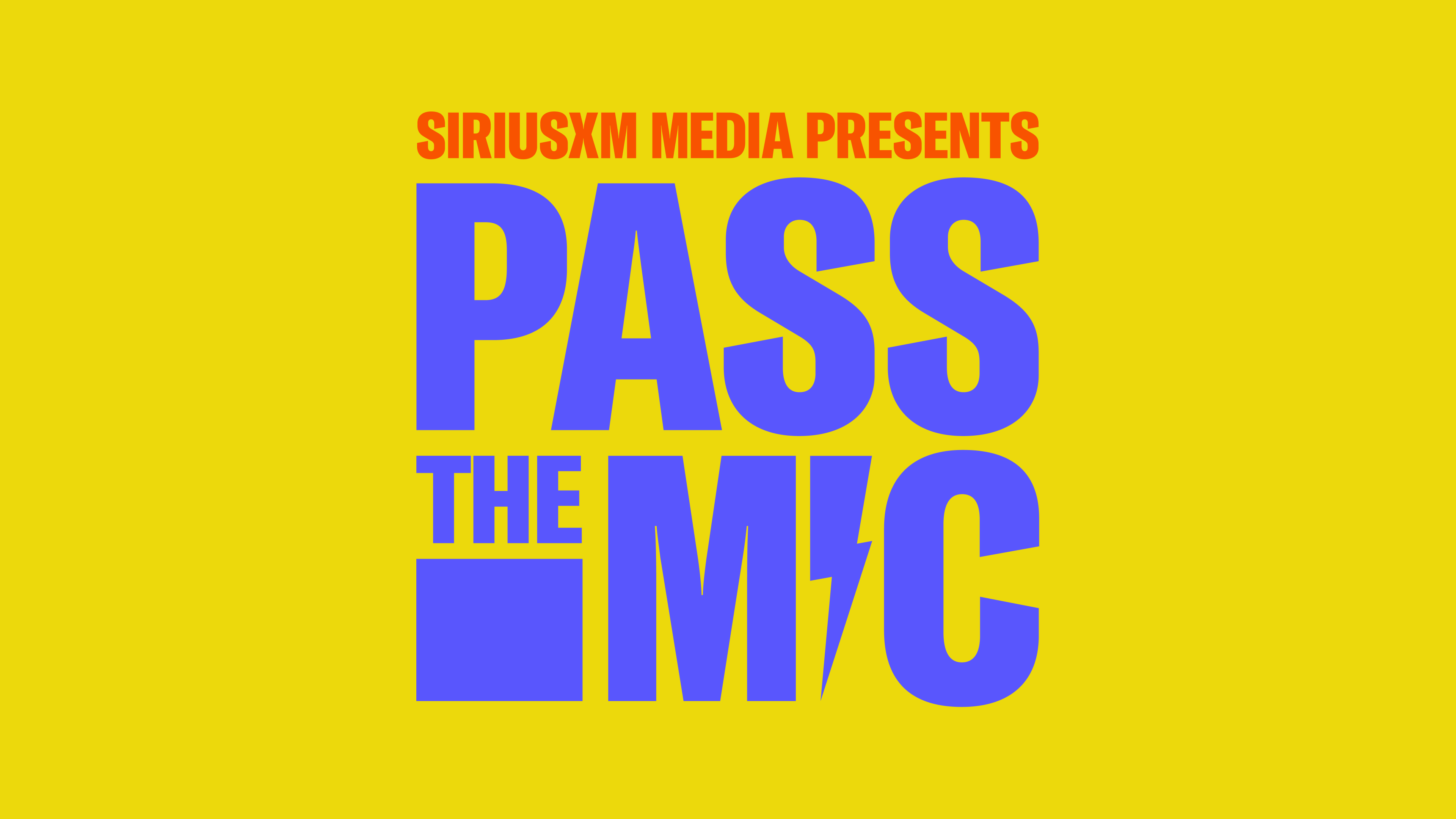Consumers Say Yes to Voice Ads—Literally!
Jan 21, 2021Today, millions of listeners use their voice to navigate their music experience on Pandora through Voice Mode. As our audience got used to talking to Pandora, we knew voice had application beyond searching and playing music; we saw it as an opportunity to push the boundaries of audio advertising.
Introducing: voice ads. A way for our listeners to directly engage with brands they love.
For the past six months, we have been testing effectiveness and resonance of voice ads via a closed beta with major brands such as KFC, Xfinity, Unilever, The Home Depot, Acura, and more.
We know you got questions, and we got answers that will speak to you (pun intended). Keep reading on for our top learnings from our closed beta testing.
Who Is Talking to These Ads?
As with any new technology, it’s crucial to understand the early adopter profile so that you can understand who you’re talking to and how to tailor content effectively.
It turns out, everyone is talking to voice ads. But the most engaged group is Gen-Z, who were 30% more likely to interact with voice ads. This, coupled with the fact that over 40% of the voice enabled audience are Millennials is particularly intriguing, given that it’s notoriously difficult to capture the attention and engagement of younger demos.

Do Voice Ads Actually Work?
Now that we know who is on the receiving end, the next question is: are voice ads effective at driving results?
Well, welcome to the measurement mix, say-through rate. Say-through rate is Pandora’s standard first-party metric for measuring verbal engagement with voice ads. (Think of it as the click-through rate of voice ads.) During closed beta, voice ads had up to 10x higher say-through rates over click-through rates, suggesting that voice is 1) a more native way to engage with audio and 2) enabling a way to engage while listeners are otherwise hands-free.
Using Pandora Surveys, we also found that voice ads scored 7.6 points higher in voice ad recall over the control. This makes sense – voice ads are not only a memorable new ad experience, but since users are engaging with these ads at high rates, they’re more likely to remember what they’re engaging with.
Finally, our Veritonic tests showed that voice ads had 27% higher purchase intent than the audio ad benchmarks for those who engaged the ad. They also had consistently high scores for attributes such as Relevant to Me, Interesting and Trustworthy.
Essentially, these new formats really resonated with consumers and were a highly effective means of connecting with them.

Key Takeaways:
- Voice is the new touch – and consumers like it! Consumers are willing to interact with voice ads and the say-through rate is providing a compelling new way to measure audio ad engagement.
- The leaned-in voice ad audience is young, diverse, and highly engaged. Gen-Zers were found to be the most actively engaged group while Millennials were the largest.
- Voice ads are a great way to drive KPIs across the funnel. Our effectiveness studies showed that voice ads drove recall as well as conversion.
Contact us or talk to your Pandora rep.



